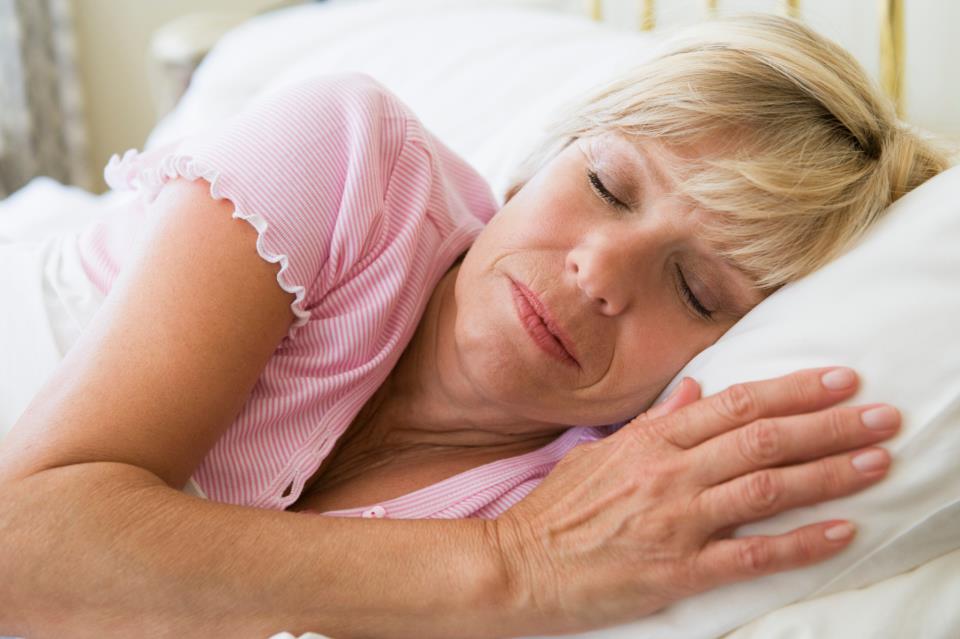
Cancer-related fatigue (CRF) is by far the most frequently reported side effect of cancer treatments, but unlike non-cancer tiredness, neither sleep nor rest relieves this nagging problem, which is often accompanied by substantial distress. (Not surprising, since feeling physically “punk” – unable to function with normal vitality in normal activities — can result in feeling psychologically “punk.”) CRF is experienced as profound exhaustion – a heavy physical, emotional, and intellectual weariness that is not caused by over exertion, and surprisingly for some, does not disappear quickly after cancer treatment is complete.
Numerous therapies have been tested for CRF but without universal success — from pharmacological stimulants to ginseng to exercise. But since we are now in December, the darkest month of the year, this post will focus on a promising novel treatment for cancer-related fatigue – bright white light.
It’s well known that seasonal affective disorder or SAD (also called “winter blues”) can be treated by daily exposure to bright light first thing in the morning. Scientists propose that this bright light helps regulate the body’s clock, which controls not only sleep and awakening, but a multitude of other functions. When our eyes perceive bright light, they signal the pineal gland to stop producing melatonin, which normally peaks during dark hours. But our standard room lighting doesn’t provide a strong enough signal to the brain, and few of us spend time outdoors in cold northern winters. Special light therapy lamps were thus developed to deliver a dose of bright white light similar to sunlight, without going outdoors. (Several brands of bright white lamps can easily be found on the internet.)
Persistent CRF has several causes, and one appears to be disrupted rhythms in the body clock or “circadian clock.” So in a carefully designed study researchers treated patients suffering CRF –even 3 years after completing treatment for breast cancer, gynecological, and blood cancers — with bright white therapy. They randomly assigned these patients to two groups: one exposed to a bright white light and the other to a dim red light. (Dim red light does not disturb the circadian clock and is often used as the control in such studies.) Patients were directed to sit in front of light therapy lamps for 30 minutes a day, within 30 minutes of awakening in this 4-week intervention. The lamps are placed 18 inches away from the face, at a 45-degree angle to the eyes – the lamps are too bright to look at directly.
Results were impressive. By the end of 4 weeks, the bright white light group had significantly less fatigue, and the effect persisted at 7 weeks – 3 weeks after the patients stopped using lights. In fact, none of the patients in this group reported fatigue by the end of the study. The dim red light group, however, experienced no significant improvement. Importantly, neither group had any side effects. (One note: In an earlier study with patients who were still receiving chemotherapy when fatigue may be severe, the same group of researchers did not find substantial improvement from bright light.)
This was a small but impressive study that should be repeated with a larger group of patients. Nevertheless, the light therapy lamps had a pronounced benefit on fatigue with a simple intervention. It’s not known exactly how the lamps work, but the strong effect does suggest that circadian clocks could be one key contributor to cancer fatigue.
Full directions on how to position the lamps are packaged with them or will be available on the internet. Only one caution: Patients with eye diseases or serious eye problems, should not use the lamps until their eye disorder is resolved or given an OK by their ophthalmologist. But most people have no difficulty and no hesitation in using these lamps.
Good news: If you are a patient who’s no longer on chemo, but is still fatigued, this represents a low-risk way to help diminish your fatigue, which might be more problematic now when daylight is shorter and dark hours are longer. There are, of course, other systematic ways to help with CRF, and in fact, we’ve found that our patients on their full integrative and individualized Block Center program seem less troubled by fatigue even without these lights and even during chemotherapy. But during this season when the holidays we celebrate – Christmas, Hanukah and Kwanzaa – all employ symbolic lights, perhaps a light therapy lamp would be just the thing to lighten the burden of fatigue you might be experiencing.

